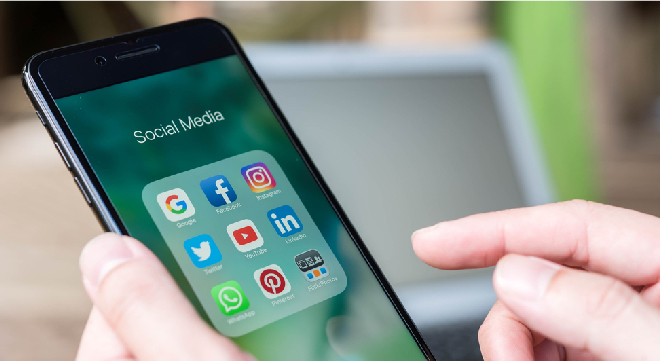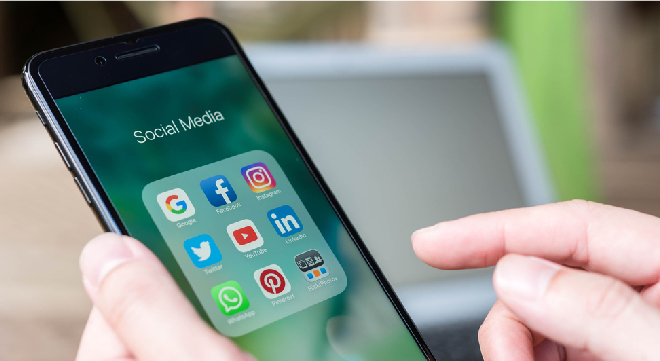It’s commonly believed that communicating online, as opposed to in person, results in people telling more lies. But the results of a recent study challenge that perception.
David Markowitz, Assistant Professor of Social Media Data Analytics at the University of Oregon, had 250 people record their social interactions and number of interactions with a lie over seven days, across face-to-face communication, social media, the phone, texting, video chat and email.
Markowitz reports that people told the most lies per social interaction over media that were synchronous (people can communicate back and forth seamlessly) and recordless and when communicators were distant: over the phone or on video chat.
They told the fewest lies per social interaction via email.
However, the differences across the forms of communication were small. Differences among participants – how much people varied in their lying tendencies – were more predictive of deception rates than differences among media, says Markowitz.
Despite changes in the way people communicate over the past two decades – along with ways in which the Covid-19 pandemic changed how people socialise – people seem to lie systematically and in alignment with what is called the feature-based model, he says.
The feature-based model was developed by communication researcher Jeff Hancock, who conducted one of the first studies into the connection between deception rates and technology back in 2004.
According to this model, specific aspects of a technology – whether people can communicate back and forth seamlessly, whether the messages are fleeting and whether communicators are distant – predict where people tend to lie the most.
In Hancock’s study, the most lies per social interaction occurred via the technology with all of these features: the phone. The fewest occurred on email, where people couldn’t communicate synchronously and the messages were recorded.
Do some media make deception seem easier?
Markowitz says there are several possible explanations for what his study found, although more work is needed to understand exactly why different media lead to different lying rates.
He says it’s possible that certain media are better facilitators of deception than others. Some media – the phone, video chat – might make deception feel easier or less costly to a social relationship if caught.
Deception rates might also differ across technology, because people use some forms of technology for certain social relationships. For example, people might only email their professional colleagues, while video chat might be a better fit for more personal relationships.
Markowitz says the two key takeaways from his research are:
- Overall, there small differences in lying rates across media. An individual’s tendency to lie matters more than whether someone is emailing or talking on the phone.
- There’s a low rate of lying across the board. Most people are honest – a premise consistent with truth-default theory, which suggests most people report being honest most of the time and there are only a few prolific liars in a population.
“People often believe that just because we use technology to interact, honesty is harder to come by and users aren’t well served. Not only is this perception misguided, but it is also unsupported by empirical evidence. The belief that lying is rampant in the digital age just doesn’t match the data,” Markowitz says.




